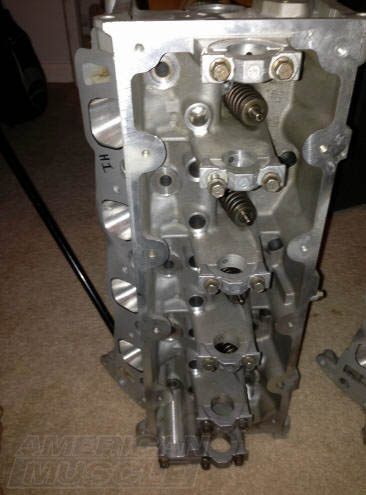The 1996-2004 Mustang GT makes a good amount of power from the factory, but if you want to make serous gains in horsepower, you'll need to increase airflow through the intake by replacing or porting the restrictive stock cylinder heads.
Contents
- What are Mustang Cylinder Heads?
- Cylinder Head Options
- When Should I Replace My 4.6L Cylinder Heads?
- Why Should I Upgrade My SN95 Mustang’s Cylinder Heads?
- The Mustang GT Two Valve Cylinder Heads
- Is There a Difference Between PI and Non PI Camshafts?
- What to Expect from Performing a PI Swap
- I Already Have PI Heads: How Can I Improve the PI Head Design and Get More Horsepower?
- Upgrading Your Heads and Camshaft
- What’s Involved in Swapping the 2-Valve Heads for 4-Valve Heads?
- Upgrading a Cobra's Cylinder Heads
- Plan a “head” – Installation
Shop Mustang Cylinder Heads
To make more power, your Mustang is going to need more airflow making its way into the motor. Replace the restrictive stock heads with a high flowing aftermarket set to make more power and complement your existing modifications.








